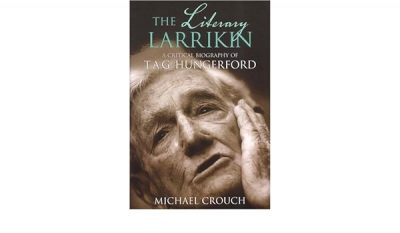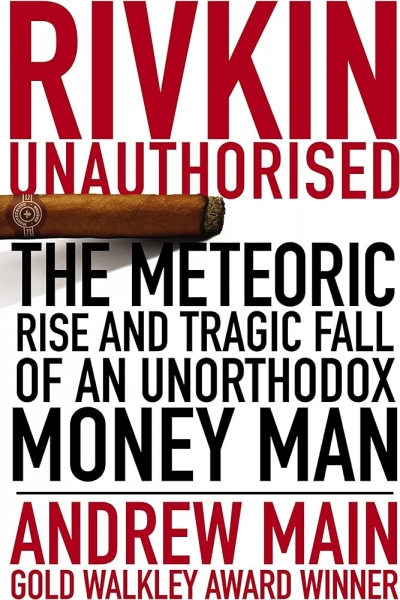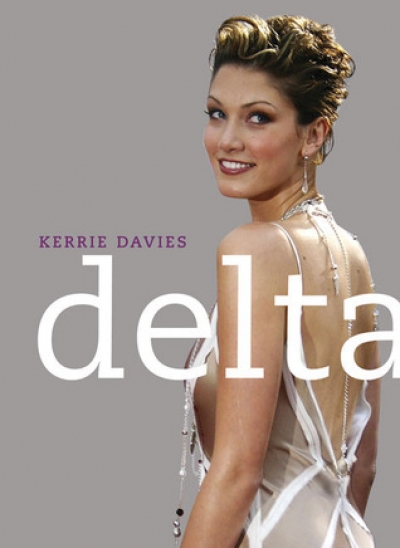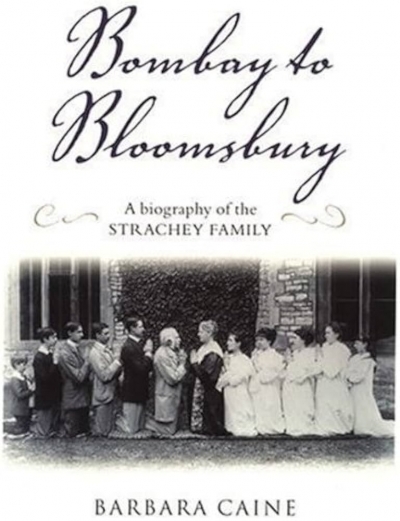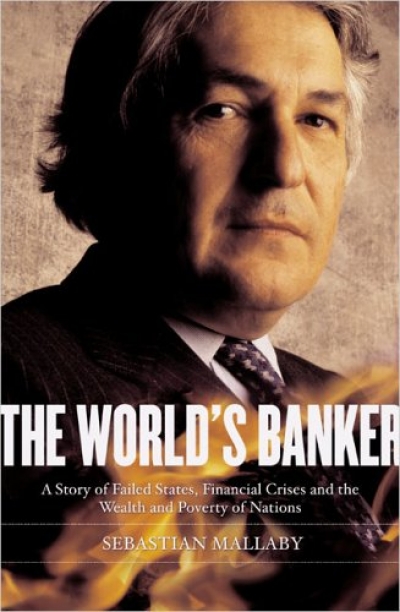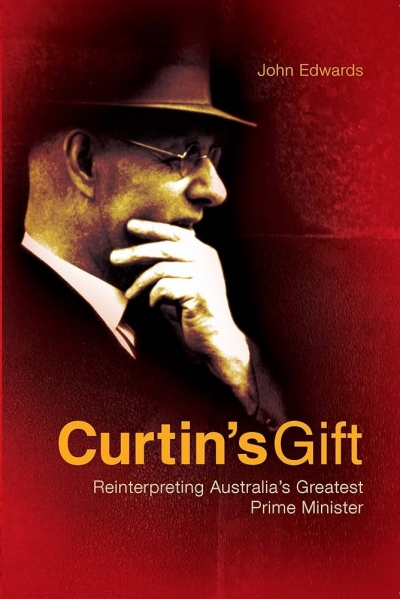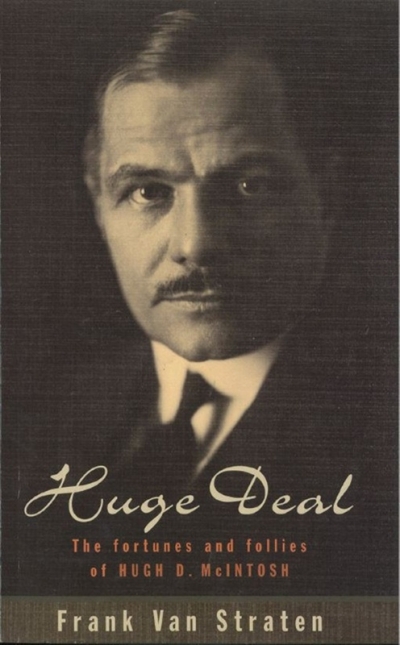Biography
The Literary Larrikin: A critical biography of T.A.G. Hungerford by Michael Crouch
by David Hutchison •
Rivkin Unauthorised: The meteoric rise and tragic fall of an unorthodox money man by Andrew Main
by Philip Clark •
Kilroy Was Here by Kris Olsson & Desperate Hearts by Katherine Summers
by Christina Hill •
Bombay to Bloomsbury: A biography of the Strachey family by Barbara Caine
by Ian Britain •
The World's Banker: A story of failed states, financial crises and the wealth and poverty of nations by Sebastian Mallaby
by David Langsam •
Curtain's Gift: Reinterpreting Australia's greatest prime minister by John Edwards
by John Wanna •
Huge Deal: the fortunes and follies of Hugh D. McIntosh by Frank Van Straten
by Peter Ryan •


